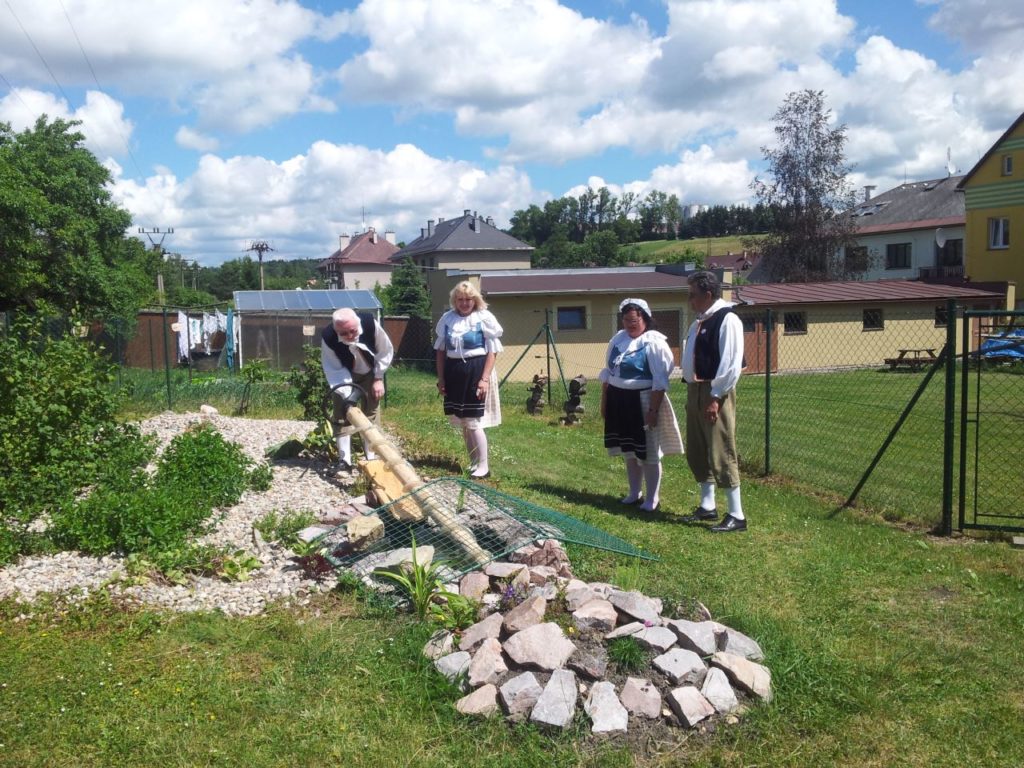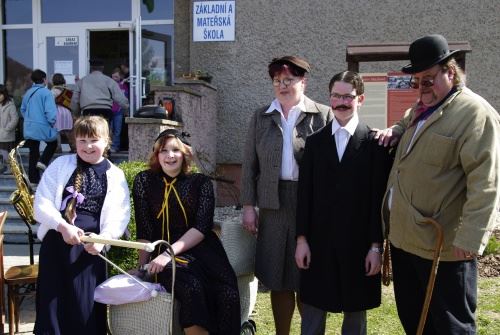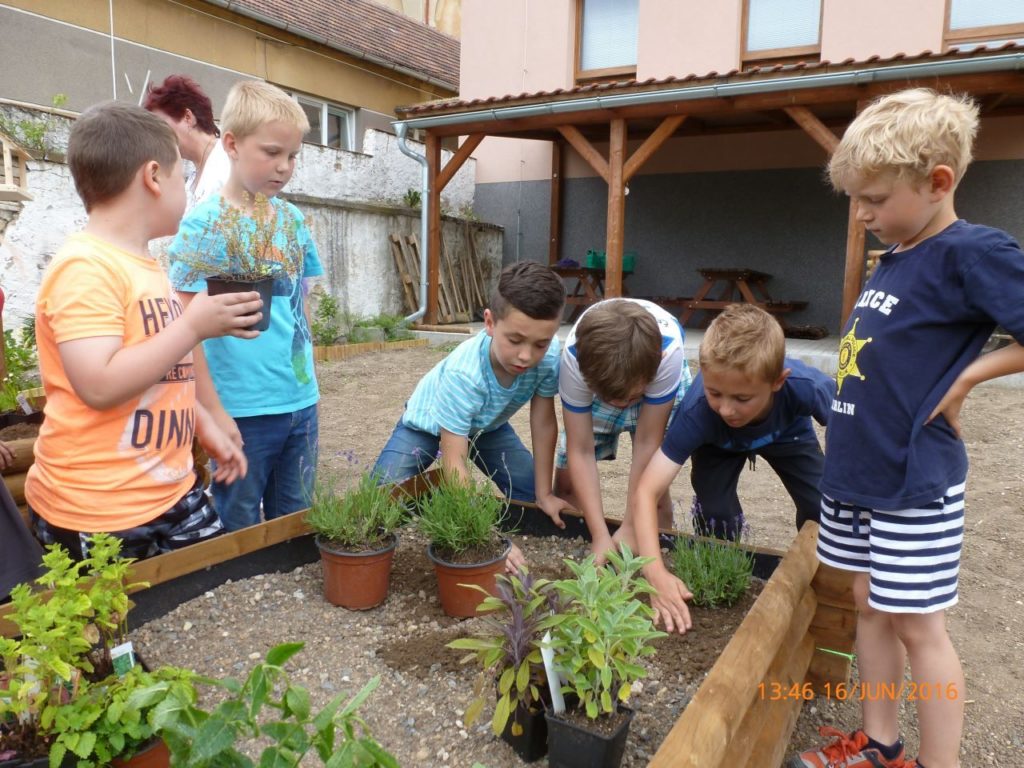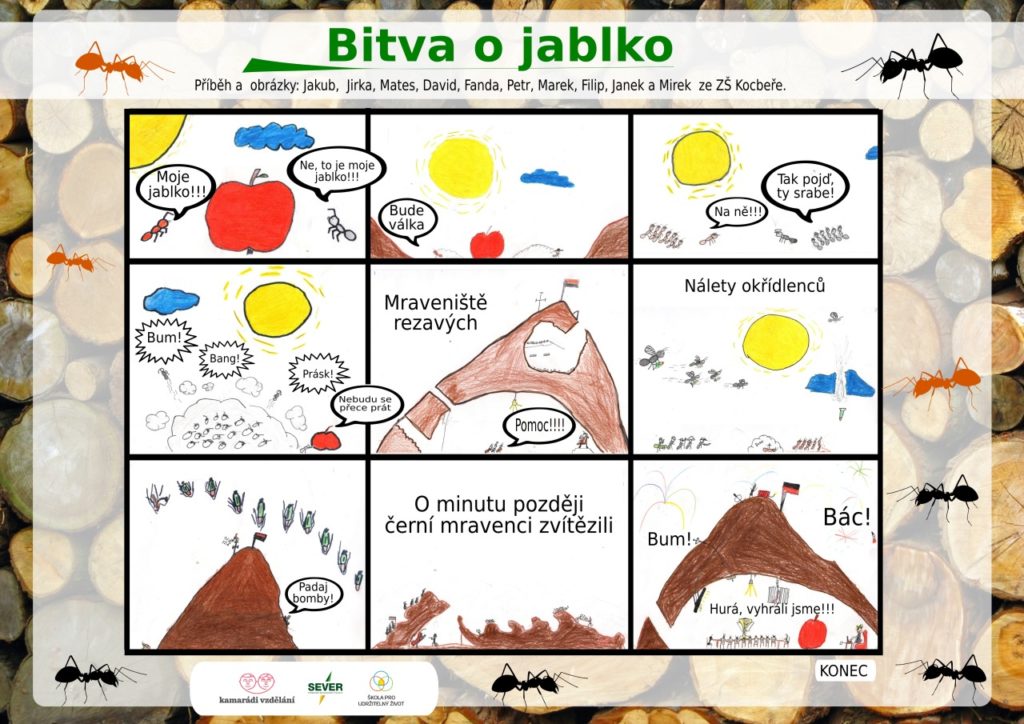How SEVER works with schools within the framework of community activism: the “School for sustainable living” program
Basic information about the program
The School for Sustainable Living program (We use shortcut ŠUŽ) has been running since 2004 and is one of the longest-running educational programs in the Czech Republic.
Although it has undergone a number of predominantly technical changes, the aim and basic methodology of the program remain the same.
The School for Sustainable Living (ŠUŽ) is a program that helps schools contribute to improving the environment and the quality of life in their surroundings. Through projects, pupils, teachers and the local community support the sustainable development of the place and thus teach pupils important skills for life.
What does ŠUŽ work with?
The School for Sustainable Living program links project teaching and place based learning so that project teaching uses local themes (natural, cultural, historical, economic and socio-political contexts) as a unifying context for teaching. All activities are aimed at creating a product beneficial to the place.

PLACE based Learning (PBL)
= place-based education (learning) for sustainable living.
PBL has several principles. For the needs of the ŠUŽ program, we have simplified the principles into 5 basic ones:
- Learning about the place – teaching is based on the local situation – uses local natural and social contexts and topics as a context for interdisciplinary teaching. It uses collegial cooperation and sharing of teachers to illustrate a specific subject on the topics of the place. Learning and its topics thus become relevant for the student, he sees a connection with his own life.
- Learning in a place, learning in the real world – a class or a space where a student learns is not just a school building. The teacher actively uses contact with the real world for teaching – outside the classroom, in the field, in the park, in the school yard, in the village and its surroundings so that students see topics with their own eyes, can really touch them and engage other senses in learning.
- Partnership with the local community and organizations – the educator does not have to be an expert on all topics in the place. He can work with the community to teach them, either in or out of the classroom, from a local forester, through a beautician association, to a museum. Local people, professionals and organizations are thus involved in children’s education. At the same time, if the solved student project is to be sustainable and has a long-term impact, it cannot be connected only with the place, but also with local people and subjects. When they are involved in the implementation of the project as equal partners, the school will be able to create long-term, mutually beneficial partnerships.
- Working with the role of pedagogue and pupil – in order to motivate the pupil for lifelong learning, it is necessary to give him space, to pass on a certain degree of responsibility for his own teaching. During the lessons, the student has the opportunity to make decisions and influence the course of the journey through the ŠUŽ labyrinth and the choice of topics to be learned. The role of the teacher is more of a guide, when she puts her trust in the pupils, sets the boundaries and rules for them. An important part of the teacher’s role is the orientation of students in the learning process and reflection on the acquired competencies.
- For the place – all teaching is aimed at creating a specific output that solves the problems or needs of the place. Pupils thus use their knowledge and skills and feel that they are able to positively influence their surroundings (beliefs about their own influence), and are motivated to take an active approach and care for the world in which they live.
- Project teaching gives us the opportunity to connect learning with real life, deal with current issues and problems, create beneficial things. In project teaching, it is a student company in which children learn to systematically solve a certain need or problem. Creating a meaningful product is what gives their work on the project meaning. The knowledge and skills they need to acquire relate to this product. It is the knowledge and skills that are logically necessary and necessary to achieve the goal (product creation). While in the case of thematic teaching the order of the sub-topics is given by the schedule and can be arbitrary, in the case of project teaching it is a logical, systematic sequence of activities. The project takes place over a longer period of time (project day, week, several weeks or months during the school year).

The ŠUŽ includes two cycles of project teaching:
The product of the first cycle of project teaching is the creation of a sustainable “vision of the place” – students, based on mapping and deeper knowledge of the place, obtain, sort and interpret information about their place and suggest “what place they would like” – where should its future go about 10 years. Subsequently, they identify several intentions (to solve problems or needs of the place), which can themselves contribute to the fulfillment of the “vision of the place”.
The product of the second cycle of project teaching is the implementation of a project useful for the place – students agree on one project plan, examine its context (research), sort the necessary information, plan solutions and implement them – create a product to contribute to a sustainable “vision of the place “.

